Christmas is nigh, and Santa Claus is not the only person who will be flying to make his appointed rounds. This holiday season, according to the Air Transport Association (ATA), 41 million passengers will take trips by air.
No, that is not a misprint. We are in the middle of a stupendous mass migration that has become a routine event. It's just a small part of the explosion of air travel in our time. Since 1988, the number of people boarding domestic and international flights in the United States has climbed by 63 percent.

The increase has not happened because flying is so much more fun than it used to be. It's occurred because flying is so much cheaper. The average fare today is $301. If ticket prices had merely kept up with inflation over the last decade, it would be $427.
Everyone would like more space, free food, pillows galore, carefree flight attendants and all the other amenities once associated with air travel. But what we would like is not the same as what we will pay for. Given a choice between enjoying amenities and saving money, most of us invariably choose the latter. We want to get to our destination as cheaply as possible, and the air travel market has accommodated that preference.
The decline in prices, adjusted for inflation, has come at the expense of the airlines, which have gotten used to providing their services at well below cost. They have lost money in six of the last eight years, piling up net losses of nearly $60 billion and making bankruptcy a more common occurrence than snowfall at O'Hare.
For all that, we should be grateful to the people who run and staff the commercial air carriers. But the Obama administration thinks fliers are getting a raw deal and need what it calls a "passenger bill of rights." This week, the Department of Transportation issued a rule decreeing that airlines may not keep passengers waiting on the runway for more than three hours without giving them a chance to flee for the exits.
Recommended
Nor may carriers hold their flights for more than two hours without furnishing food and water to everyone on board. Any carrier that doesn't meet these requirements will face fines of up to $27,500 per passenger. On a plane with 140 passengers, that would add up to more than $3.8 million.
At those prices, protracted waits on the tarmac will soon be a thing of the past. But the change won't keep fliers from having to endure even longer delays or other major headaches. The ATA says cancellations will become more common, and American Airlines says "we will be forced to cancel more flights than we had under our self-imposed, four-hour policy."
Aviation consultant Robert Mann agrees. "The unintended consequence: No one gets to go," he told The Chicago Tribune's Julie Johnsson. Instead of being stuck in a plane for four hours, you could be stuck in an airport or a hotel for a day, or two, awaiting a plane with an empty seat going to your destination.
The occasional horror story gets a lot of attention. But the more newsworthy fact is the extreme rarity of this phenomenon. DOT says each year, about 1,500 flights are stranded on the runway for more than three hours. Sounds like a lot, until you realize that there are some 9.3 million domestic departures annually.
The evil targeted by DOT occurs once for every 6,200 flights. That's not a scandal. It's a miracle.
There is more than a whiff of arrogance in the new regulation. When a reporter asked Transportation Secretary Ray LaHood what would happen if a plane needed only an extra five minutes to take off, he snorted, "You know as well as I do that five minutes always extends out to 50 minutes and almost always to 5 hours. There's no such thing as five minutes, never, ever." He was not joking.
The DOT rule flows from two presumptions common in Washington: 1) that private businesses have insufficient motivation to satisfy their patrons, and 2) that government regulators are capable of making better operational decisions than the people whose livelihoods are at stake.
Someday, maybe our leaders will figure out that neither is usually true. But before that happens, expect a very long delay.



















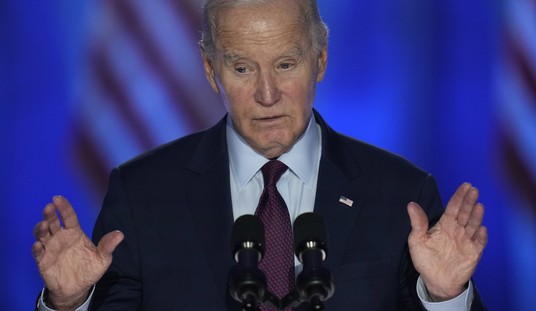

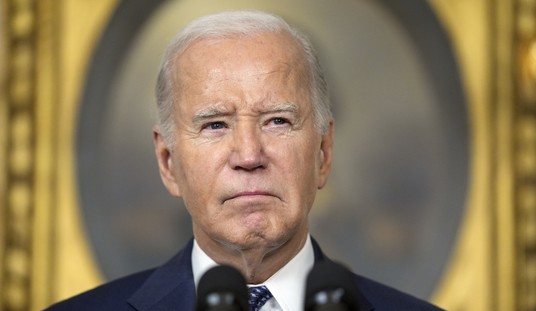
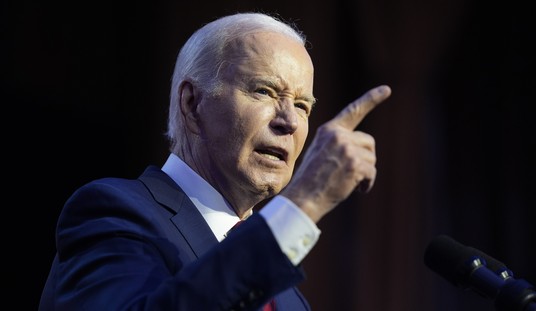
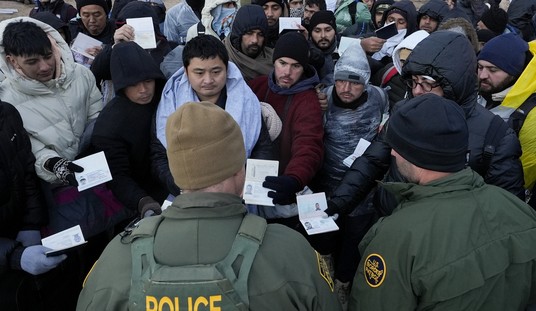
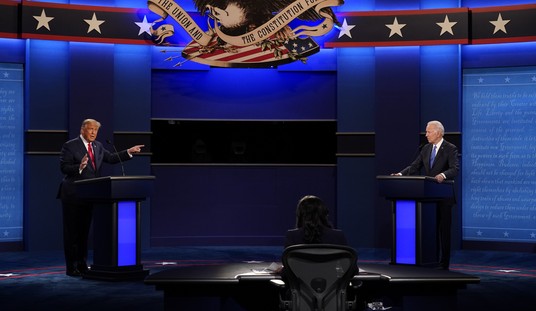
Join the conversation as a VIP Member